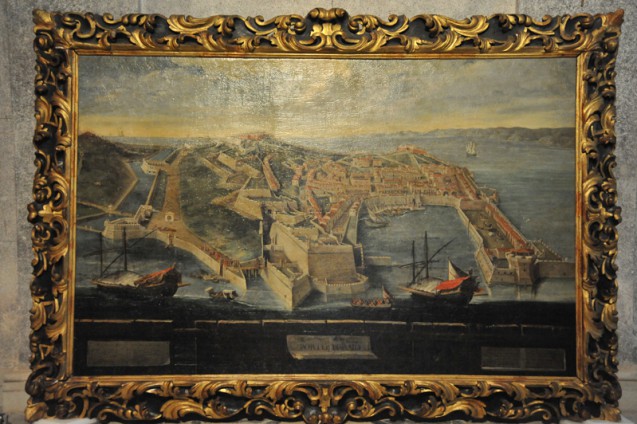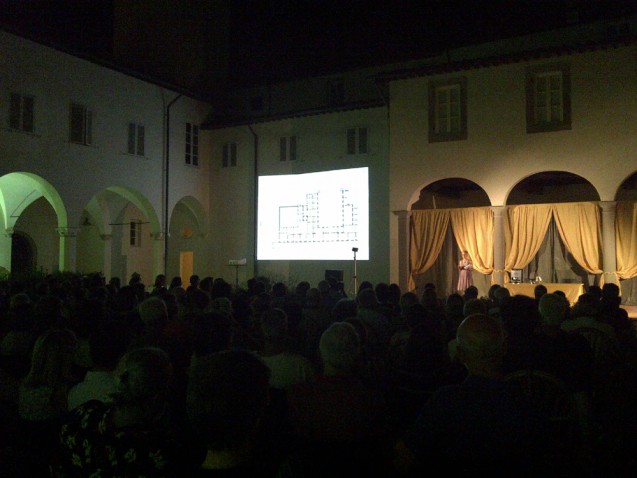Conversazioni
Napoleon was recently the flavour of the month in Tuscany. Between 20 and 22 August, Roberta Martinelli, director of the Napoleonic residence museums on Elba, organised the annual Conversazioni (which have been running since 2007), three evening talks or events related to Napoleon, Elisa Bonaparte/Bacciocchi and early nineteenth-century life and culture. With the audiences topping three hundred each evening (resulting in a total of more than one thousand visitors for the three talks), this year's series marked a crescendo in public interest, laying the foundation for the upcoming bicentennial commemorations to be held on the island of Elba throughout 2014 and 2015.
A new addition to the museums
And as if that wasn't enough, on Wednesday 29 August, the 234 items comprising Marcello Pacini's Historical Library, “Napoleon and Elba”, was added to the Napoleonic residence museums on Elba. The signing of this free loan (commodato) of the works was held in the Demidoff Gallery at the Villa San Martino (Napoleon's country residence on the island) and the objects themselves were also delivered at the same time. Those present at the signing included Gian Carlo Borellini, the Superintendent BAPSAE for the provinces of Pisa and Livorno, Roberta Martinelli, Lucia Veronesi of the Regional Directorate for Cultural Heritage and Landscape of Tuscany and Marcello Pacini, owner of the Historic Library “Napoleon and Elba” collection.
Gian Carlo Borellini noted that: “This is a significant collection of items, which once again confirms the importance of this museum both as part of the Italian Ministry of Heritage and Culture strategy and regarding the museum's key position on the international circuit of Napoleonic sites.”
“What happens here at this museum is not a foregone conclusion: the frequency and quality of the free loans (commodati) on display is due to the strength of the relationship between different agencies, but also with the private sector. I would also first and foremost like to thank the owner of the collection, Marcello Pacini, on behalf of the directors, and to bear witness to his selfless generosity, passion and care.”
The Marcello Pacini collection brings to five the number of private loans made under the direction of Roberta Martinelli. The Napoleonic museums on Elba are the second most visited museum complex in Tuscany, after the Uffizi, and the prestigious current loans include Napoleon's camp bed (owned by Lorenzo Da Pra and exhibited at the Palazzina dei Mulini), two splendid Empire tables (owned by the Fondazione della Cassa di Risparmio di Livorno), and a collection of photographs (owned by Lucca antique dealer Renata Frediani). At the end of July these deposits were joined by the portrait of Sir Neil Campbell, bequeathed by English patron Nigel Widdowson. “The birth of this loan can be traced back to the Fondation Napoléon exhibition “Napoleon. Imperial Splendour,” said the director Roberta Martinelli, noting that it was at this event that Dr Pacini expressed his desire to offer his precious collection to the museum.
The collector



